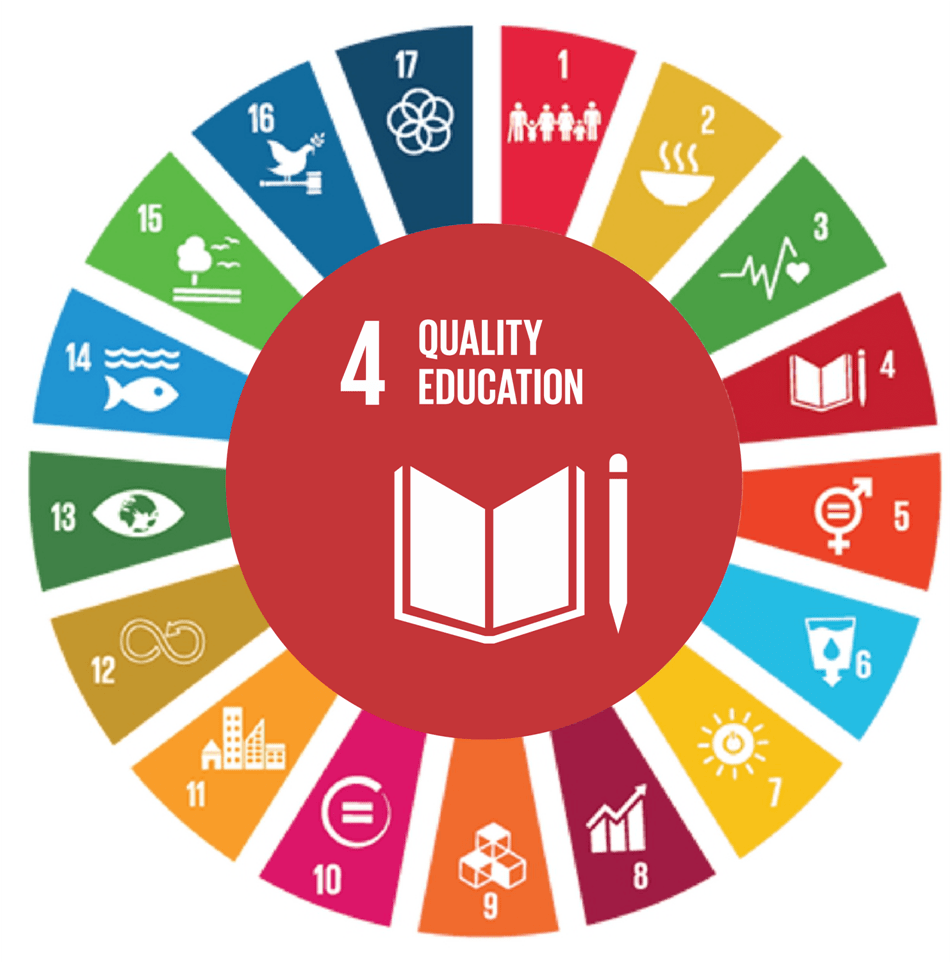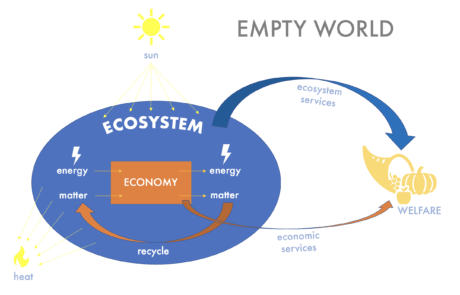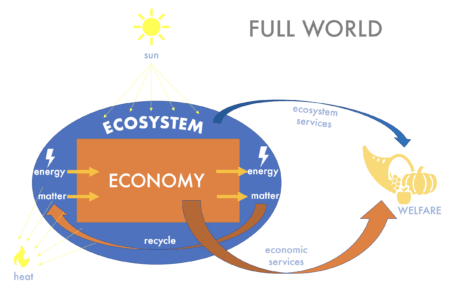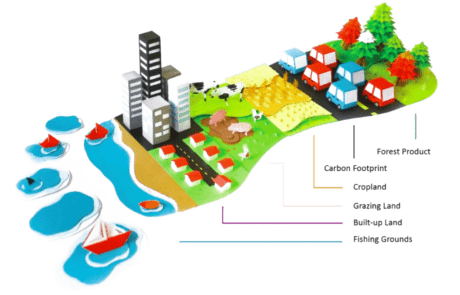With the #FridaysForFuture movement launched by Greta Thunberg in 2018, students all over the world have been demanding actions from decision makers while taking an active role in the fight against climate change. EUSTEPs embraces a “learning-by-doing” approach with the aim to equip EU university students (and the Higher Education community at large) with science-based knowledge, multidisciplinary skills, and the trans-disciplinary mindset needed to play a critical role in our societal effort towards sustainability, thus allowing them to be best prepared for the future labor market.
EUSTEPs takes a 360-degree approach to sustainability, allowing the diverse academic community to understand, realize, and learn the full complexity of the economy-society-environment relationships. It does so by presenting sustainability within the context of everyday life rather than through a mere abstract teaching of intangible theories and concepts.
The project intends to address 4 target groups:
- Undergraduate and Master students, to help them grasp how sustainability relates to the whole spectrum of their daily activities, as well as PhD students who will be actively involved in the development of their University Footprint Calculator;
- Teaching staff, so that they adopt the developed teaching and learning modules in their courses and disseminate them across other departments;
- Administrative staff, so that they engage in developing the Calculator and actively contribute to measuring and influencing the Footprint of their university and workspace;
- Management bodies of the HEIs, so that they understand the effectiveness and impact of management practices in the reduction of the Footprint of universities.
EUSTEPs has been designed to transfer its outcomes to other EU and non-EU universities through 4 international multiplier events to ensure the long-term sustainability of the project intellectual outputs as well as their replication and expansion.
The Importance of Sustainability Education
There can be no path to a sustainable future without education. A major role of education is to empower individuals and future decision-makers so that they are able to face the complex and critical challenges of the 21st century, including fostering change so we may collectively build a sustainable future.
Education is perceived as an essential means for achieving sustainable development for two main reasons: i) education for all helps to ensure basic literacy worldwide, narrowing social gaps and favoring a decent quality of life; ii) education is the only way to promote informed awareness of natural ecosystems’ challenges across all sectors of civil society. In essence, education is entrusted with a significant impact on promoting sustainable ways of life.
As today’s students are tomorrow’s decision makers, the education system shall provide them with the opportunity to develope knowledge, attitudes, and skills to cope with, and handle, sustainability challenges.
The Importance of Sustainability Education
There can be no path to a sustainable future without education. A major role of education is to empower individuals and future decision-makers so that they are able to face the complex and critical challenges of the 21st century, including fostering change so we may collectively build a sustainable future.
Education is perceived as an essential means for achieving sustainable development for two main reasons: i) education for all helps to ensure basic literacy worldwide, narrowing social gaps and favoring a decent quality of life; ii) education is the only way to promote informed awareness of natural ecosystems’ challenges across all sectors of civil society. In essence, education is entrusted with a significant impact on promoting sustainable ways of life.
As today’s students are tomorrow’s decision makers, the education system shall provide them with the opportunity to develope knowledge, attitudes, and skills to cope with, and handle, sustainability challenges.
What does “Sustainability” mean?
Every living system – a living organism, a city, a human body, a region – can be interpreted as the result of the relationship between an energy source and a heat sink: it can only evolve and thrive thanks to continuous inflows of energy and resources from the environment and outflows of heat, emissions, and wastes back into the environment. As such, the sustainability of a system is defined by the way that system uses and exchanges energy and resources. Working towards a one-planet compatible society thus requires full understanding and quantification of the biophysical roots of economic activities. Unfortunately, humanity’s growing metabolism has led the humanity-nature integrated system to shift from an empty- to a full-world over the past few decades (see infographics; adapted from Daly H.E. and Farley J., Ecological Economics. Principles and Applications. Island Press, Washington DC, USA, 2004.)
The sustainability imperative thus provides the opportunity to explore humanity and to study the relations between human beings – their individual and collective expressions such as economies and societies – and the context provided by their natural environment. The study and the pursuit of sustainability, cannot be limited to environmental issues nor reduced to biophysical analyses, and must embrace a systemic thinking in which economic theories must be consistent with biophysical principles as well as with social science theories.
Illustrations adapted from Daly H.E. and Farley J., Ecological Economics. Principles and Applications. Island Press, Washington DC, USA (2004).
What does “Sustainability” mean?
Every living system – a living organism, a city, a human body, a region – can be interpreted as the result of the relationship between an energy source and a heat sink: it can only evolve and thrive thanks to continuous inflows of energy and resources from the environment and outflows of heat, emissions, and wastes back into the environment. As such, the sustainability of a system is defined by the way that system uses and exchanges energy and resources. Working towards a one-planet compatible society thus requires full understanding and quantification of the biophysical roots of economic activities. Unfortunately, humanity’s growing metabolism has led the humanity-nature integrated system to shift from an empty- to a full-world over the past few decades.
The sustainability imperative thus provides the opportunity to explore humanity and to study the relations between human beings – their individual and collective expressions such as economies and societies – and the context provided by their natural environment. The study and the pursuit of sustainability, cannot be limited to environmental issues nor reduced to biophysical analyses, and must embrace a systemic thinking in which economic theories must be consistent with biophysical principles as well as with social science theories.
Illustrations adapted from Daly H.E. and Farley J., Ecological Economics. Principles and Applications. Island Press, Washington DC, USA (2004).
What is the Ecological Footprint?
Humans need food, shelter, and heating (in some locations) to survive. Our planet’s ecological resources allow us to fulfill these basic needs. In our modern society, we also need land to accommodate our built infrastructure and forested areas to absorb the carbon dioxide we emit by burning fossil fuels to power our energy- and transport-intensive economies.
So how many resources do we consume? And is our consumption sustainable? This question can be answered using the Ecological Footprint methodology. Just as a bank statement tracks income against expenditures, Ecological Footprint Accounting measures a population’s demand for ecological resources and services on the one hand, and how many resources are supplied by existing natural ecosystems on the other hand.
Source: WWF Japan and Global Footprint Network; Ecological Footprint for Sustainable Living in Japan www.footprintnetwork.org
What is the Ecological Footprint?
Humans need food, shelter, and heating (in some locations) to survive. Our planet’s ecological resources allow us to fulfill these basic needs. In our modern society, we also need land to accommodate our built infrastructure and forested areas to absorb the carbon dioxide we emit by burning fossil fuels to power our energy- and transport-intensive economies.
So how many resources do we consume? And is our consumption sustainable? This question can be answered using the Ecological Footprint methodology. Just as a bank statement tracks income against expenditures, Ecological Footprint Accounting measures a population’s demand for ecological resources and services on the one hand, and how many resources are supplied by existing natural ecosystems on the other hand.






